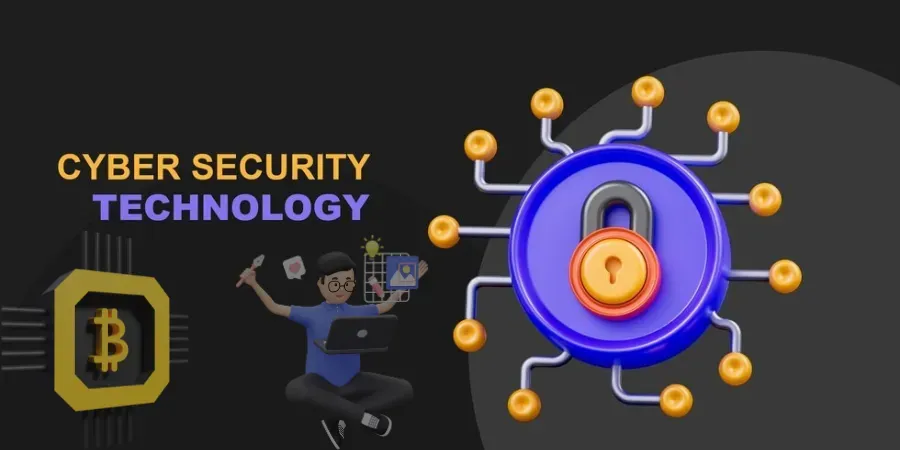
Designers push the boundaries of creativity. They transform ideas from mere pixels into tangible, physical objects through 3D printing. While the technology they use offers unparalleled opportunities for innovation, it also presents unique challenges.
One of the biggest challenges you might face is protecting your precious 3D design files. In today’s digital world, where cyber attacks are increasingly sophisticated and dangerous, you must put this one on top of your list.
As a 3D designer, you handle valuable intellectual property and confidential client information. One data breach can be catastrophic for your business, not to mention your reputation. Fortunately, there are steps you can take to enhance your cybersecurity practices and keep your digital assets secure.
In this article, we'll explore essential cybersecurity tips for 3D designers.
1. Encryption for Design Files
If you want to protect your 3D files, encryption is one of the most powerful tools you can use from the get-go. In this process you encode your files, typically with the help of encryption software. This way, the contents of your file become unreadable without the correct decryption key.
It's useful to have encryption, particularly if you share or save your work online. By using the right key, you can be sure that even if unauthorized people get to access your files, they won't be able to read what's inside.
2. Access Control and Permissions
When working on group projects or sharing your design files with others, strict access control and permissions are essential. You can restrict who can access, edit, or download your files by following these steps.
These functionalities are available on a lot of file-sharing and cloud storage systems. You can give various people varying access rights using these control mechanisms. If you correctly specify permissions, you will stop unwanted changes or downloads.
3. Password Security
Making strong, one-of-a-kind passwords for your accounts and design platforms is one of the most basic steps in protecting your 3D design files. Don't use passwords that are simple to figure out, such as "123456" or "password." Create passwords instead that are a combination of special characters, digits, and capital and lowercase letters. To make them more resistant to brute-force attacks, make them long and complex.
Keeping track of numerous complicated passwords can be difficult, but a solid password manager can simplify this process. Strong passwords are created, saved, and automatically filled up using password managers.
4. Backup and Recovery
It is essential to have a solid backup and recovery plan in case of data loss or file corruption. To guard against losing your 3D design files to accidents, cyberattacks, or hardware problems, regularly backup your data to multiple places or cloud storage services. Make sure your backup and recovery processes are functioning properly by testing them when necessary.
5. Digital Watermarking
Digital watermarking is a useful step to add an additional layer of security to your 3D design files, so you should give it some thought. It is possible to incorporate watermarks into your designs to facilitate the identification of your intellectual property by both you and other parties. Using a watermark on your work deters unauthorised usage or distribution. Watermarks are also excellent since they can be used to prove ownership in the event of a dispute.
6. Secure File Transfer
Use safe file transfer techniques when exchanging design files online. Steer clear of transferring private files through insecure file-sharing platforms or unencrypted email attachments. When exchanging files with colleagues, make use of end-to-end encryption or secure file transfer methods such as Secure File Transfer Protocol (SFTP).
7. Regular Software Updates
Update your programme for 3D modelling and printing. Vulnerability fixes are included in software upgrades often. Keeping up with software upgrades lowers the possibility of possible security lapses.
Conclusion
By using the cybersecurity steps listed above, you, as a 3D designer, may better safeguard your priceless design files and intellectual property. Keep in mind that, in the realm of 3D printing, protecting your works involves not just keeping your art but also guaranteeing the safety and integrity of your creative process.